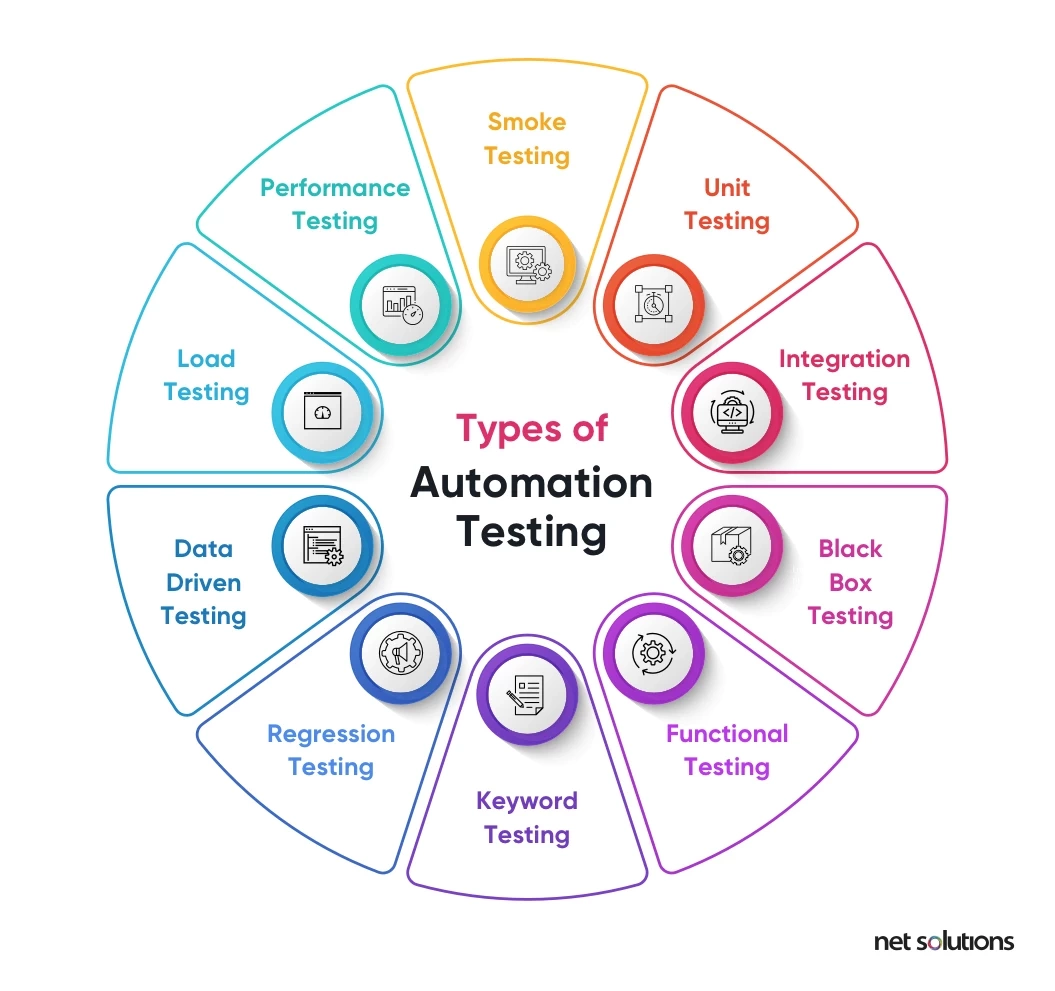From Handbook to Automated Testing: A Comprehensive Overview to Transitioning Smoothly and Effectively
In the realm of software application testing, the change from guidebook to automated procedures has actually come to be a significantly crucial change for companies looking for to boost effectiveness and precision in their screening practices. The trip from guidebook to automated screening is not without its obstacles, yet when come close to strategically and with a clear strategy in mind, the benefits can be substantial.
Benefits of Automated Evaluating
Automated screening offers many benefits, improving performance and precision in software growth processes. Automated examinations can be run concurrently on several tools and running systems, significantly speeding up the testing phase contrasted to hand-operated screening.
Additionally, automated testing ensures a higher degree of accuracy in identifying defects. Consistency in screening is also improved, as automated tests carry out the exact same actions specifically each time they are run.
Choosing the Right Tools

First of all, assess your goals and demands. Comprehend the range of your project, the technologies involved, and the capability of your group. This evaluation will help you identify the features and capabilities you call for in your screening tools.
Secondly, consider the compatibility of the tools with your existing systems and processes. Smooth integration with your current software application advancement lifecycle is vital to make certain a smooth transition to automation.
Additionally, assess the scalability and versatility of the tools. As your testing needs develop, the tools ought to be able to adapt and fit changes effectively.
Last but not least, factor in the assistance and neighborhood around the tools. Robust assistance and an active user neighborhood can offer important resources and aid when carrying out automated testing. By carefully taking into consideration these elements, you can select the right tools that straighten with your demands and established the phase for a successful shift to automated testing.
Writing Reliable Examination Scripts
When crafting examination scripts, it is vital to consider the details needs of the software application being evaluated and make certain that the manuscripts deal with all critical capabilities. Clear and detailed calling conventions for examination scripts and examination cases can improve readability and maintainability. Additionally, integrating mistake handling mechanisms within the examination manuscripts can help in recognizing and addressing problems promptly.
Additionally, Continue arranging test scripts right into modular parts can improve reusability and scalability, minimizing redundancy and enhancing effectiveness in examination script maintenance. Normal reviews and updates to examine manuscripts are essential to keep rate with advancing software application demands and capabilities. By following these principles, testers can create reliable and durable examination scripts that contribute substantially to the success of automated screening procedures.
Integrating Automation Into Workflows
Reliable assimilation of automation tools into existing workflows boosts and streamlines processes productivity within software advancement cycles. When integrating automation right into operations, it is crucial to identify repetitive tasks that can be automated to save time and reduce human error. By perfectly integrating automated testing tools like Selenium or Appium into the software application advancement lifecycle, groups can attain faster responses on code adjustments, leading to quicker bug detection and resolution. This combination permits constant testing throughout the growth procedure, making certain that any kind of concerns are recognized early on, resulting in higher software application high quality. Furthermore, automation can be utilized to set off examinations immediately after each code devote, providing immediate validation and releasing up testers to concentrate on even more complex scenarios. Correct combination of automation tools calls for partnership between growth, testing, and operations groups to establish a unified operations that enhances effectiveness and effectiveness in supplying high-grade software application products.
Ensuring a Smooth Transition
Effectively transitioning this post to automated testing entails careful preparation and mindful execution to decrease disturbances and make the most of effectiveness in the software application growth process - automation testing. To guarantee a smooth change, it is important to start by performing a complete analysis of the current testing procedures and recognizing locations where automation can bring one of the most substantial advantages. Involving with all stakeholders beforehand at the same time, consisting of programmers, testers, and task supervisors, is essential for gathering support and buy-in for the automation effort
Communication is crucial throughout this transition phase. Clear interaction of the goals, benefits, and assumptions of automated screening assists to handle any resistance or issues that may arise. Additionally, providing adequate training and sources for staff member to upskill in automation tools and techniques is vital for guaranteeing a successful change.

Verdict
In conclusion, transitioning from handbook to automated screening supplies countless advantages, consisting of raised efficiency and reliability. By selecting the appropriate tools, writing effective test scripts, and integrating automation perfectly into workflows, organizations can guarantee a successful and smooth transition. It is vital to welcome automation as a beneficial property in software screening procedures to boost total quality and productivity.
In the world of software program screening, the shift from handbook to automated processes has actually come to be a significantly crucial change for companies looking for to boost performance and precision in their screening techniques. Automated examinations can be run all at once on numerous gadgets and operating systems, dramatically speeding up the screening phase compared to hand-operated screening. Uniformity in screening is also boosted, as automated examinations perform the same actions exactly why not try here each time they are run.To ensure the effective application of selected screening tools, the creation of reliable test scripts plays a critical duty in verifying the performance and performance of automated procedures - automation testing. By complying with these principles, testers can create effective and robust examination scripts that contribute significantly to the success of automated testing processes